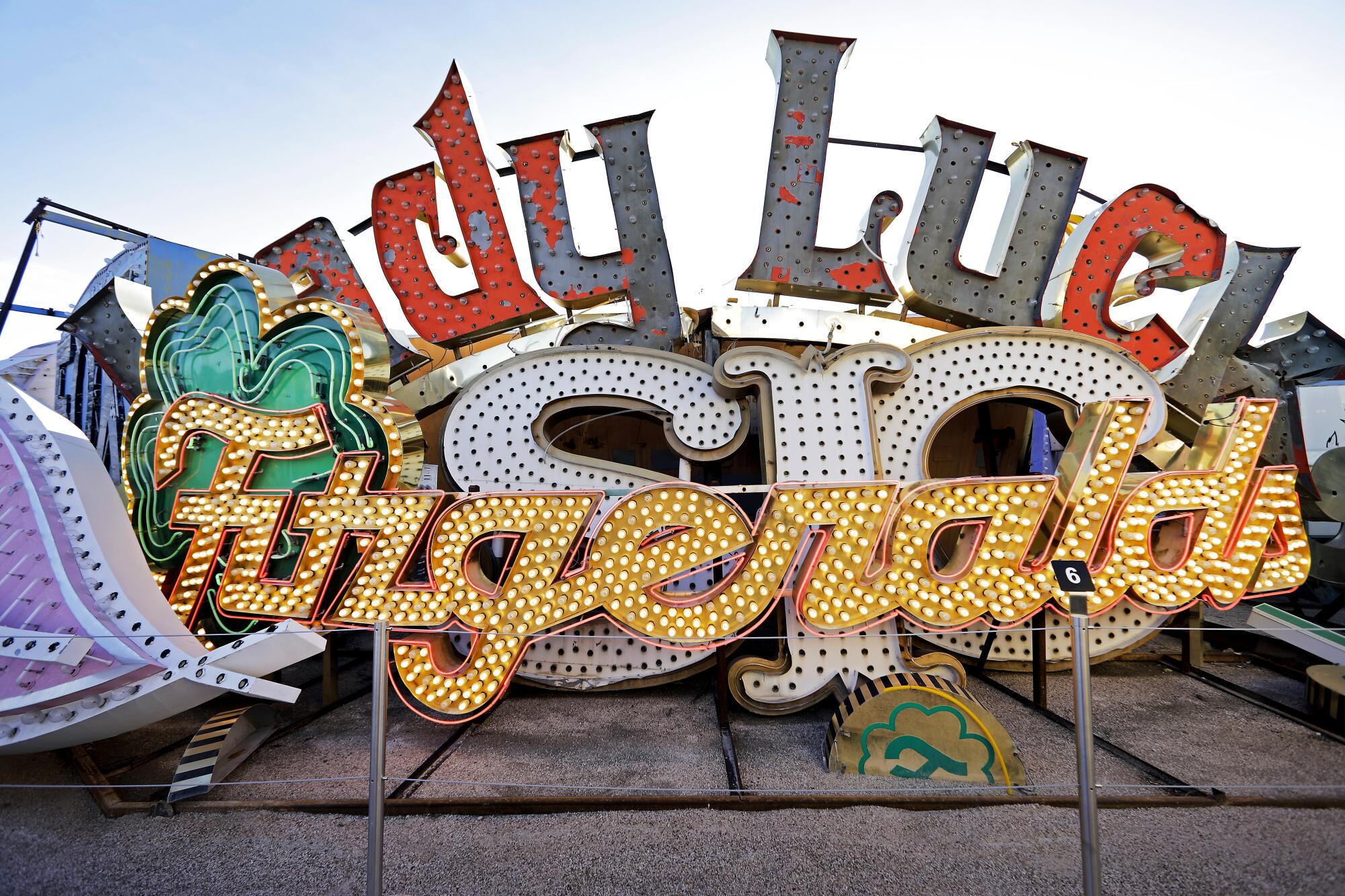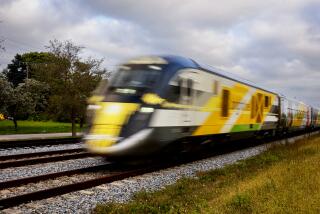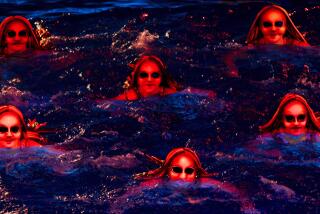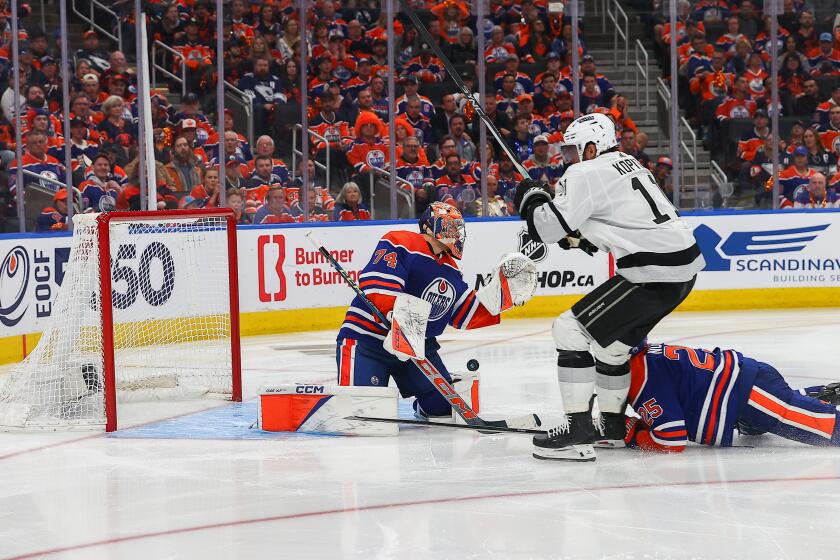Nearly 80 years after the first casino blinked to life along the stretch of Las Vegas Boulevard now known as the Strip, the re-illumination of Las Vegas is nearly complete.
Call it the end of the neon era or the beginning of the LED epoch.
Either way, in the next two years, numerous hotels, casinos and other attractions, eager to boost tourism after several relatively flat years, are unveiling new buildings and upgrades that depend heavily on brighter displays, finer resolution, bigger screens, more motion and LED technology.
As they double down on bright lights, many are likely saving money in the process.
Promoters of LED (light-emitting diode) systems say they are dramatically more energy-efficient than other types of lighting, often last three times as long as fluorescent or incandescent lamps, and include fewer dangerous materials. LED systems can be used in a variety of settings, outdoor displays and retrofitted slot machines among them.

The biggest of the new Vegas ventures is Resorts World, a $4.3-billion hotel-casino on the Strip that is the city’s most ambitious resort in more than a decade. It will include a dangling video globe inside and one of the world’s largest LED-building displays outside when it opens in mid-2021.
Elsewhere on the Strip, in March Paris Las Vegas unveiled $1.7-million in new LED lighting on its Eiffel Tower, including a five-minute light show that runs several times nightly yet is expected to cost less to run than the tower’s previous lighting scheme.
In October, the Marvel Avengers S.T.A.T.I.O.N. at Treasure Island replaced a static sign with a curved LED screen about 45 feet tall and 175 feet long, one of the largest such screens in the city — but still not as large as the 18,600-square-foot curved LED screen at Harmon Retail Corner (along the Strip), which was billed as the world’s largest in 2014.
Meanwhile, along the five-block canopy-covered area in downtown known as the Fremont Street Experience, management on New Year’s Eve unveiled a $32-million lighting system upgrade said to be seven times brighter, with four times better resolution than it had, meaning tourists can look up and see the images and videos on the underside of the canopy even in daylight.
Yet even as neon disappears from the cityscape, it’s winning over a new generation of admirers — as a historical artifact. The city’s Neon Museum, born in 1996 and relocated in 2012, drew more than a quarter-million visitors, a record, in the 12 months that ended June 30. It plans an expansion this year.
The museum’s collection includes more than 200 vintage signs, some dating to the 1930s, some acquired in the last two years.

Most remain unilluminated because of the time and money it takes to recondition materials and replace custom-shaped neon tubing. But as the museum’s multimedia presentation “Brilliant!” shows, amazing effects are possible if you project digitally precise light beams onto those old metal letters and shapes.
From historic neon to epic video
Ever since El Rancho Vegas opened in 1941 as the Strip’s first casino — topped by a windmill with neon-lighted blades — “The casinos have always tried to use the latest illumination technology,” said gaming historian and author Dave Schwartz. “That was neon at one point. Then they started using video screens.
“The gradual move to LED technology has unfolded over many years,” said Schwartz, who directed the University of Nevada at Las Vegas Center for Gaming Research until a recent promotion to an associate vice provost position, “along with the arrival of increasingly flamboyant architecture....”
For Joel Snyder, an associate professor at UNLV who specializes in cognitive neuroscience, sensation and perception, the city’s ever-brighter lights are a logical convergence of psychology and capitalism.
“First, we are very visual creatures, and we pay a lot of attention to patterns that are bright but also those that interest us for motivational and aesthetic reasons,” Snyder said in an email.
“We can effortlessly remember thousands of pictures that we were exposed to in a single setting and recognize almost all of them the next day. But we are much less good at doing that for sound.”
You’ll still find a handful of old-school neon signs in action, including the iconic “Welcome to Fabulous Las Vegas” sign (posted in 1959), which RoadsideAmerica.com calls “a riot of fonts, bulbs and neon.”
Such old-school signage is rarely sighted in the wild these days, said Derek Weis, the education and engagement manager at the Neon Museum.
“There are many downtown along Fremont Street, such as Vegas Vic at the Pioneer Club and the signage at Binion’s and El Cortez,” Weis said in an email. “Many of the newer restaurants and bars on East Fremont have used neon for their signs as well.”
A roundup of new hotels, name changes and renovations coming to Las Vegas in the year ahead, along with a few other key visitor attractions.
On the Strip, besides the welcome sign, Weis said the most familiar neon holdouts include the flaming feathers on the Flamingo façade and “Lucky the Clown” at Circus Circus, whose signage these days includes neon, incandescent and LED elements.
Weis said the Strip’s lighting began to change dramatically in the 1990s, when many familiar old hotels were leveled “to make way for new resorts that used LED in their signs.” In other cases, businesses kept going but dropped their vintage neon signage in favor of a newer look. (The Peppermill restaurant and Palace Station casino, for instance, remain in business but removed their old signs in 2018.)
Nowadays, “Most of the signs for the larger properties on the Strip incorporate LED instead of neon,” Weiss said. “The transition away from neon is almost complete.”
And it is highly visible in the projects recently completed and the big one still in progress.
At Resorts World, the 88-acre, 3,500-room project under construction on the Strip across from the Wynn and Encore resorts, two towers will rise, said president Scott Sibella. The western one will feature an LED display screen of about 100,000 square feet and will have an LED video globe, 50 feet in diameter, inside. The eastern tower will feature another LED screen.
These kinds of LED displays, Sibella said, can be relatively expensive to install as a replacement for an existing neon, incandescent or fluorescent setup but can make great sense on a new build.
“If you go over to China, they’re on every building,” Sibella said. “And here we are, the first property opening in 11 years [in Las Vegas] at this level, and we’re able to take advantage of that.”
More to Read
Sign up for The Wild
We’ll help you find the best places to hike, bike and run, as well as the perfect silent spots for meditation and yoga.
You may occasionally receive promotional content from the Los Angeles Times.








